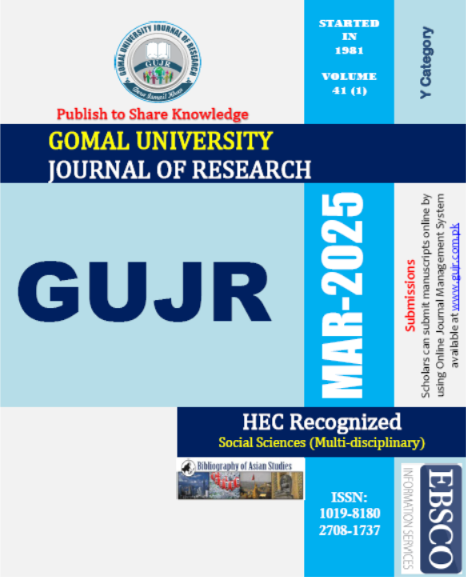THE ROLE OF REMITTANCES IN PAKISTAN ECONOMIC GROWTH: TRENDS, IMPACT, AND POLICY RECOMMENDATIONS
Abstract
This study provides a comprehensive empirical analysis of role of remittances in driving the economic growth in Pakistan context. Specifically, it examines relationship amid Real Gross Domestic Product (GDP), foreign remittances, unemployment rate, literacy rate and real exchange rates. The analysis uses time series data spanning from 1980 to 2024. Various econometric models and statistical techniques are employed to conduct the study. First, stationarity of the variables is tested using unit root tests. Upon determining stationarity, the Auto-Regressive Distributed Lag (ARDL) Bound Testing approach is thus applied to assess cointegration. The study then estimates both long-run and short-run relationship, with the Error Correction Mechanism (ECM) used to analyze short-run dynamics. The findings found that the foreign remittances significantly subsidize to economic growth. The increased remittance inflows enhance the household well-being by improving healthcare, education, living standards, purchasing power, investment levels & employment opportunities and potential policy measures to further leverage these remittances for the economic growth. These factors collectively boost the output production and revenue generation, ultimately leading to higher GDP along with sustained economic growth.





